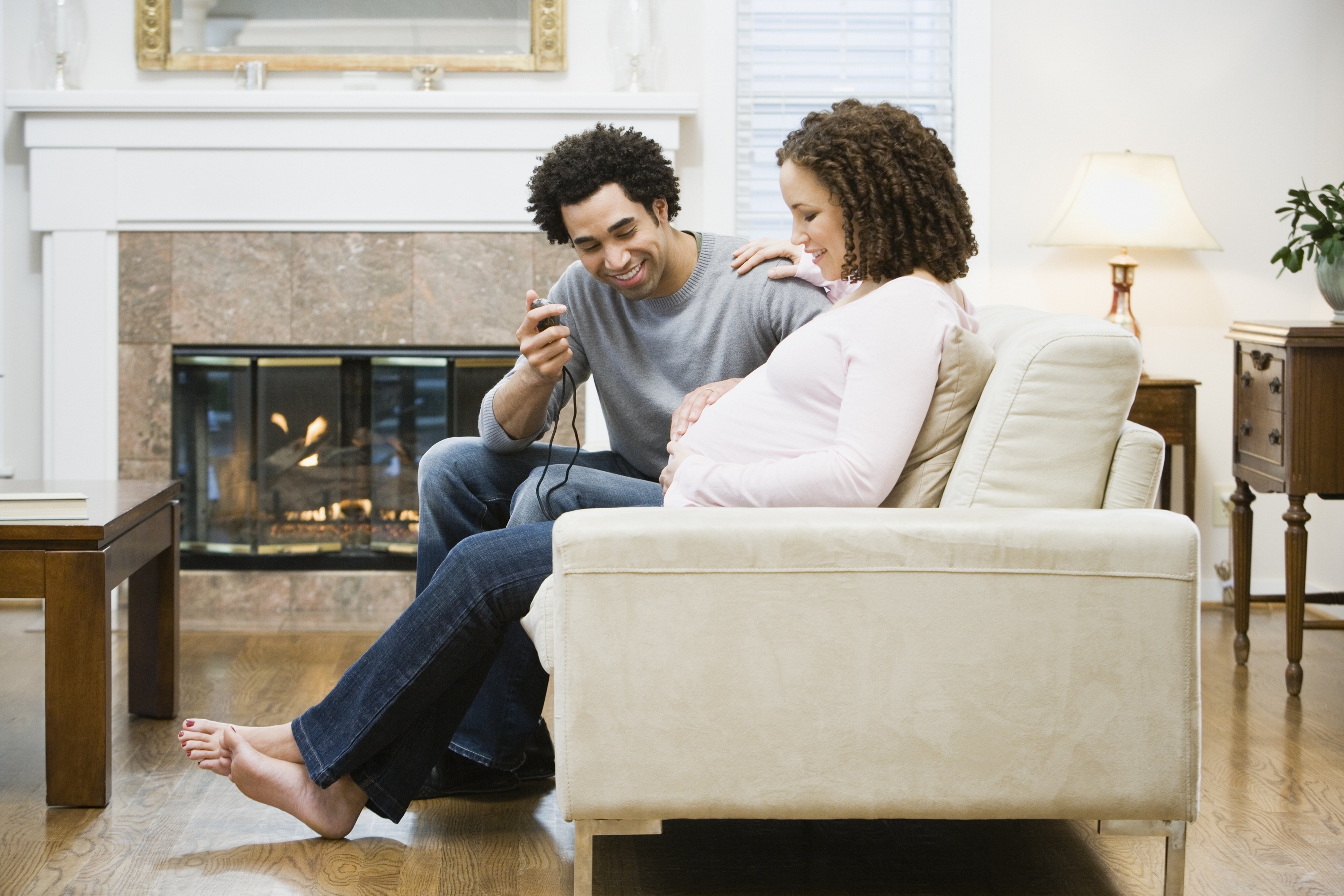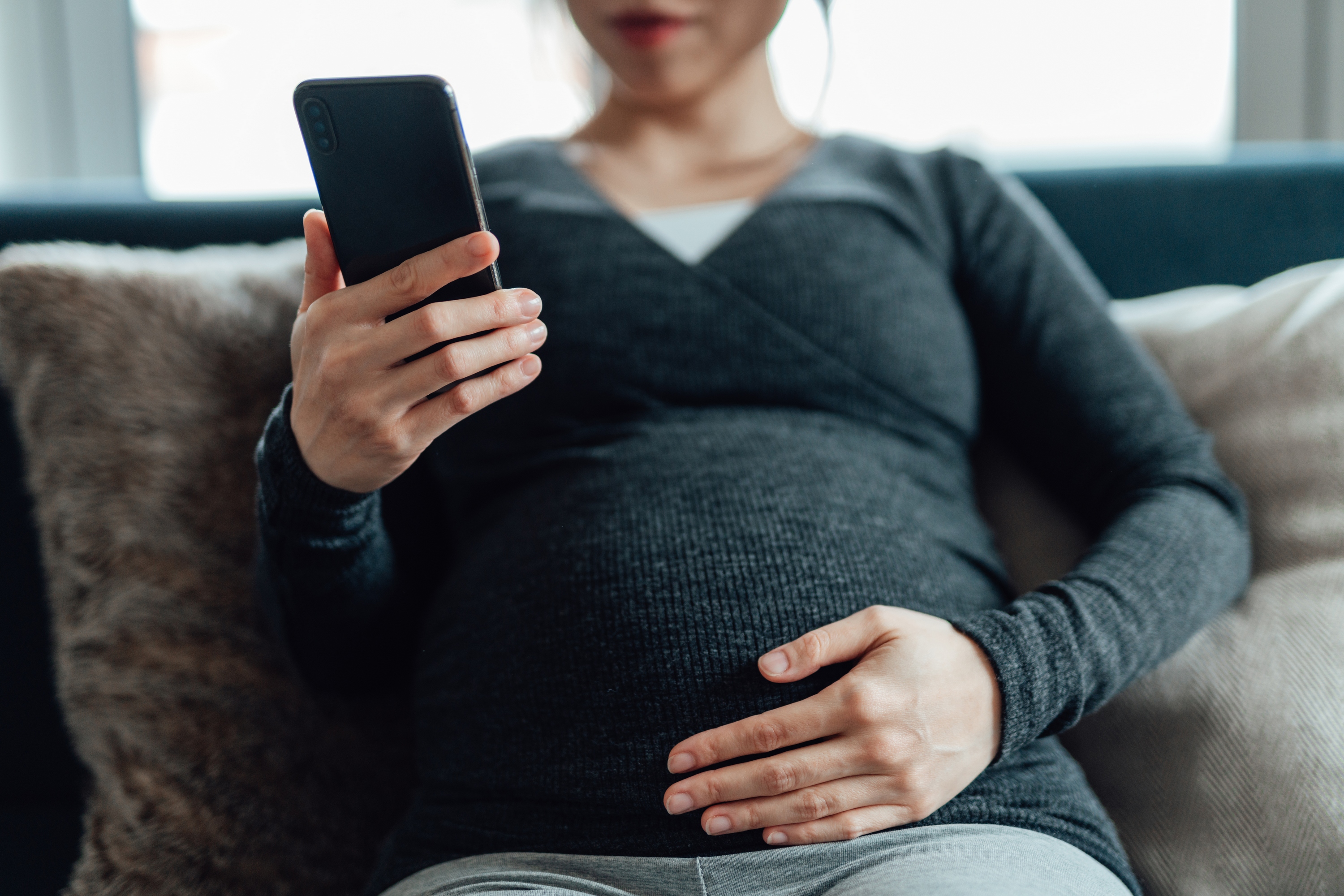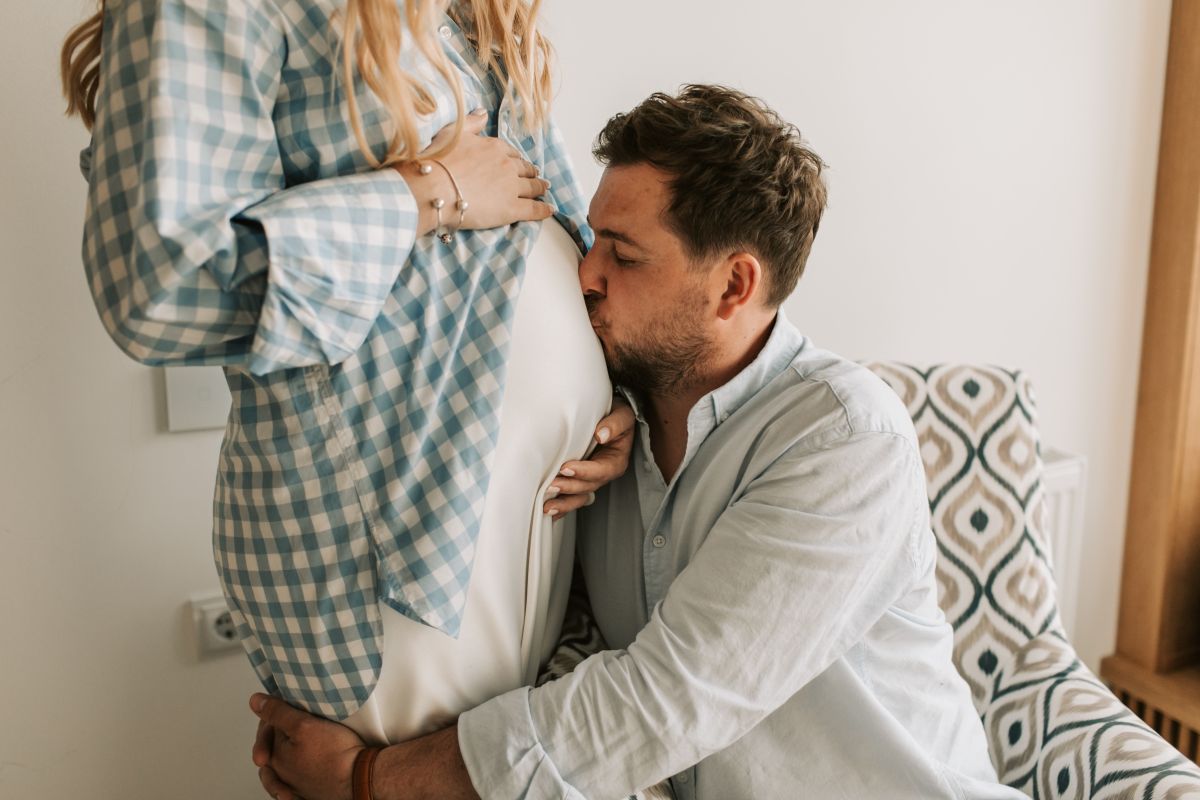The third trimester of pregnancy is very exciting, but it can also be very stressful! It’s the stage of pregnancy when Braxton Hicks contractions become more and more common, leaving any parent-to-be wondering if they should be heading to the hospital or simply sitting down with their feet up, relaxing. Contractions are the body’s way of preparing for childbirth, and people are told to monitor their contractions to determine when it’s time to finally go to the hospital. It can sometimes be hard to tell if what an expectant person is experiencing is just false labor or the real deal, especially if this is their first baby.
Thanks to smartphones, we now have many options when it comes to timing contractions. Length contraction calculators help people accurately time their contractions as well as record their intensity to help them decide if it’s time for the big event or if their body is simply experiencing Braxton Hicks.
Healthline notes that it’s a good time to call your doctor when contractions are 5 minutes apart, last for 1 minute, and have been happening for 1 hour, otherwise known as the 5-1-1 rule. Keep reading to learn how contraction timers can help you during labor, as well as which are the best contraction timers to help you decide when it’s time to go to the hospital.
Full Term contraction timer

The Full Term contraction timer is touted as one of the most used and trusted contraction timers in the app store thanks to its easy-to-use interface. Full Term features a large green “start” and red “stop” button, making it easy to use, even during more stressful or intense times. The app keeps track of the timing, duration, and frequency of your contractions for you, and it even allows you to set up a “Contraction Alert” based on the 5-1-1 rule. This app also features a fetal kick counter and general pregnancy reference information for use throughout your pregnancy.
Full Term is available for download for free with the option for in-app purchases on both Apple and Android devices.
9M contraction timer and counter

The 9M contraction timer and counter is another super easy-to-use app that allows you to effortlessly track your contractions. The app features start and stop buttons that allow you to document when your contractions start and stop as well as analyze the data to suggest when it may be time to go to the hospital, based on the duration and frequency of your contractions.
The 9M counter and contraction timer are available for download for free, with the option for in-app purchases on both Apple and Android devices.
Time Labor contraction timer

Time Labor is an easy-to-use contraction timer that you start with the press of a button and can be stopped by pressing anywhere on your screen (which is handy if your contractions are getting more intense!). This app is intended to help you keep track of the times, durations, and frequency of the entire labor period. It also features handy visual cues that let you note the intensity of each contraction as well as a section to add notes to each contraction.
Time Labor is available for download for free on both Apple and Android devices.
BabyCenter pregnancy tracker

The BabyCenter pregnancy tracker is an app that any expectant mother will refer to throughout her pregnancy. In addition to a handy contraction timer that allows you to monitor your progress when labor begins, it also helps guide the expectant mom through all the stages of her pregnancy. This app allows you to track your baby’s growth using 3-D fetal development videos, highlights pregnancy symptoms, provides advice, and has fun elements like baby naming suggestions, weekly polls, and a place to upload your baby bump pics to document your progress.
BabyCenter Pregnancy Tracker is available for download for free on both Apple and Android devices.
WebMD pregnancy tracker

The WebMD pregnancy tracker is another app that not only provides an easy-to-use contraction counter but also tools that are useful throughout your entire pregnancy. It contains more than 900 doctor-approved articles, videos, slideshows and quizzes, safety tips, and expert-curated checklists to guide you from the first trimester through delivery. In addition to the contraction counter, this app also features a symptom tracker, a weight and blood pressure tracker, and a kick counter.
The WebMD pregnancy tracker is available for download for free on Apple devices.
Storky contraction timer

The Storky contraction timer is another straightforward app that allows you to record your contractions. It has a simple one-button start and stop interface that will record your contractions and also provide you with information on your contractions. The timing and interval lengths are all displayed in one place so you are able to see your progress and share it with your doctor or other health professional to get accurate medical advice on when it’s time to head to the hospital or prepare for the birth.
The Storky contraction timer is available for download for free with the option for in-app purchases on Apple devices.
Contraction timers are a really easy way to track the different stages of labor and help you decide when it’s time to call the doctor. With a variety of different apps to choose from at little to no cost, there’s something that will work for everyone.



